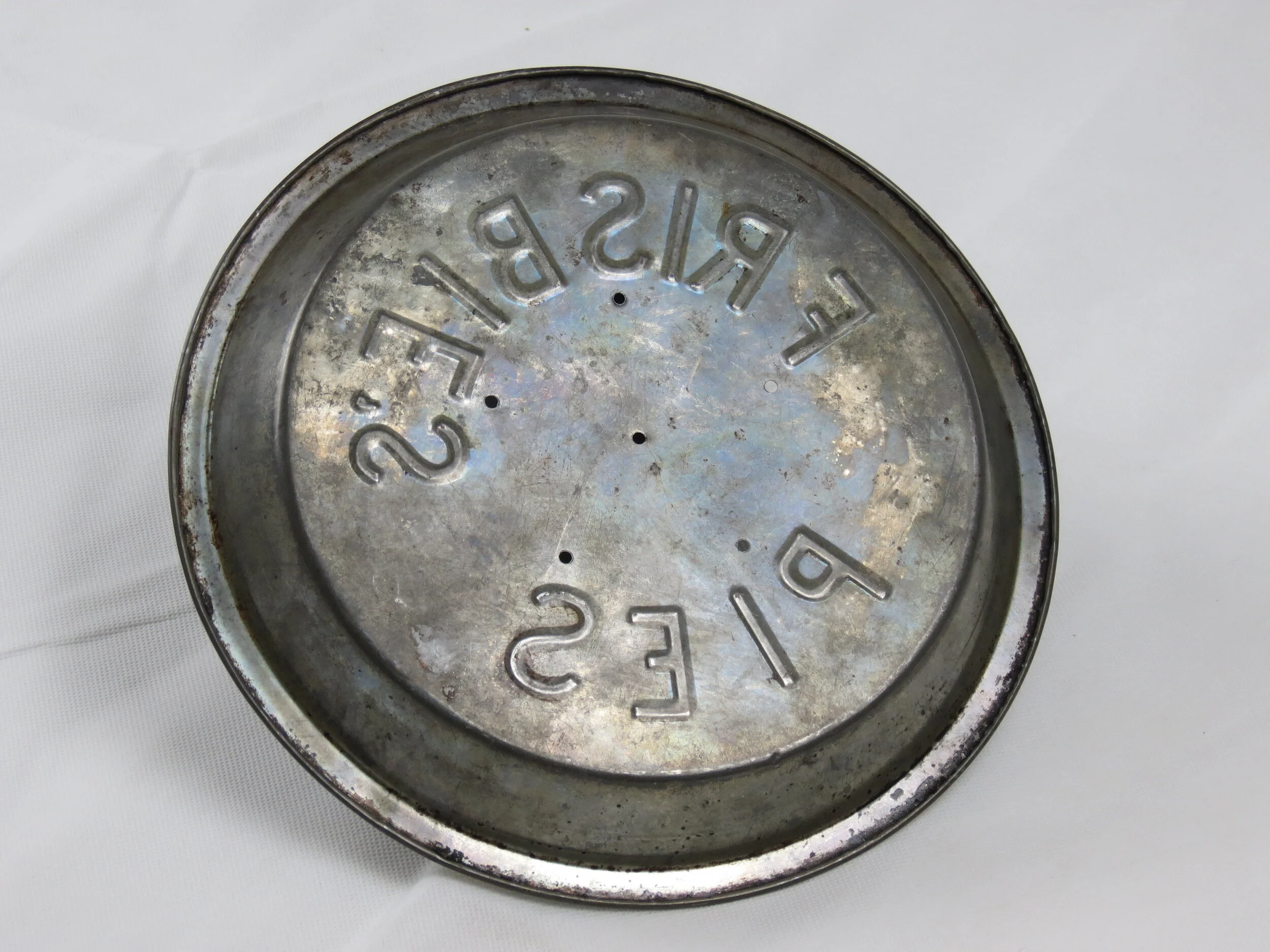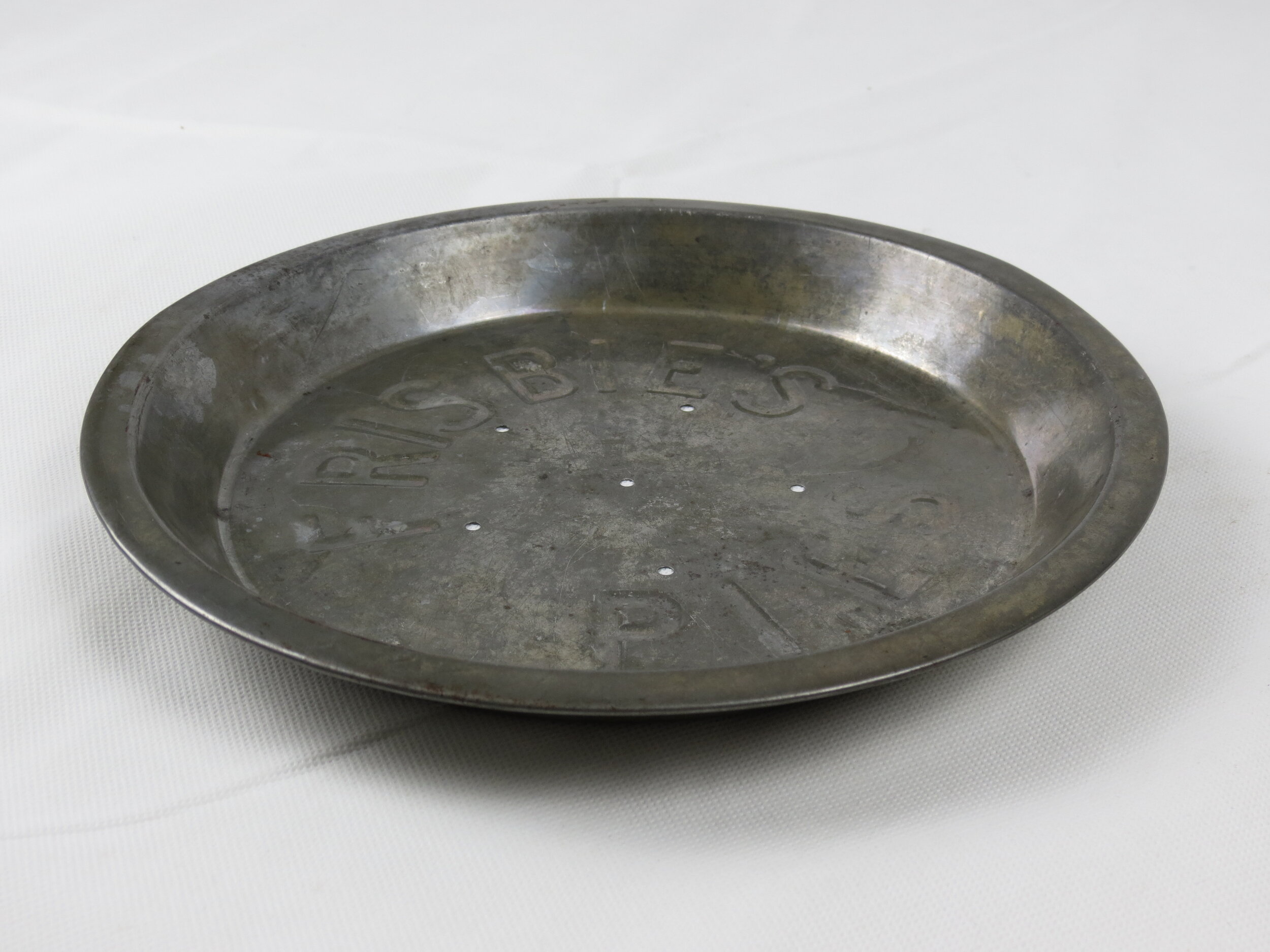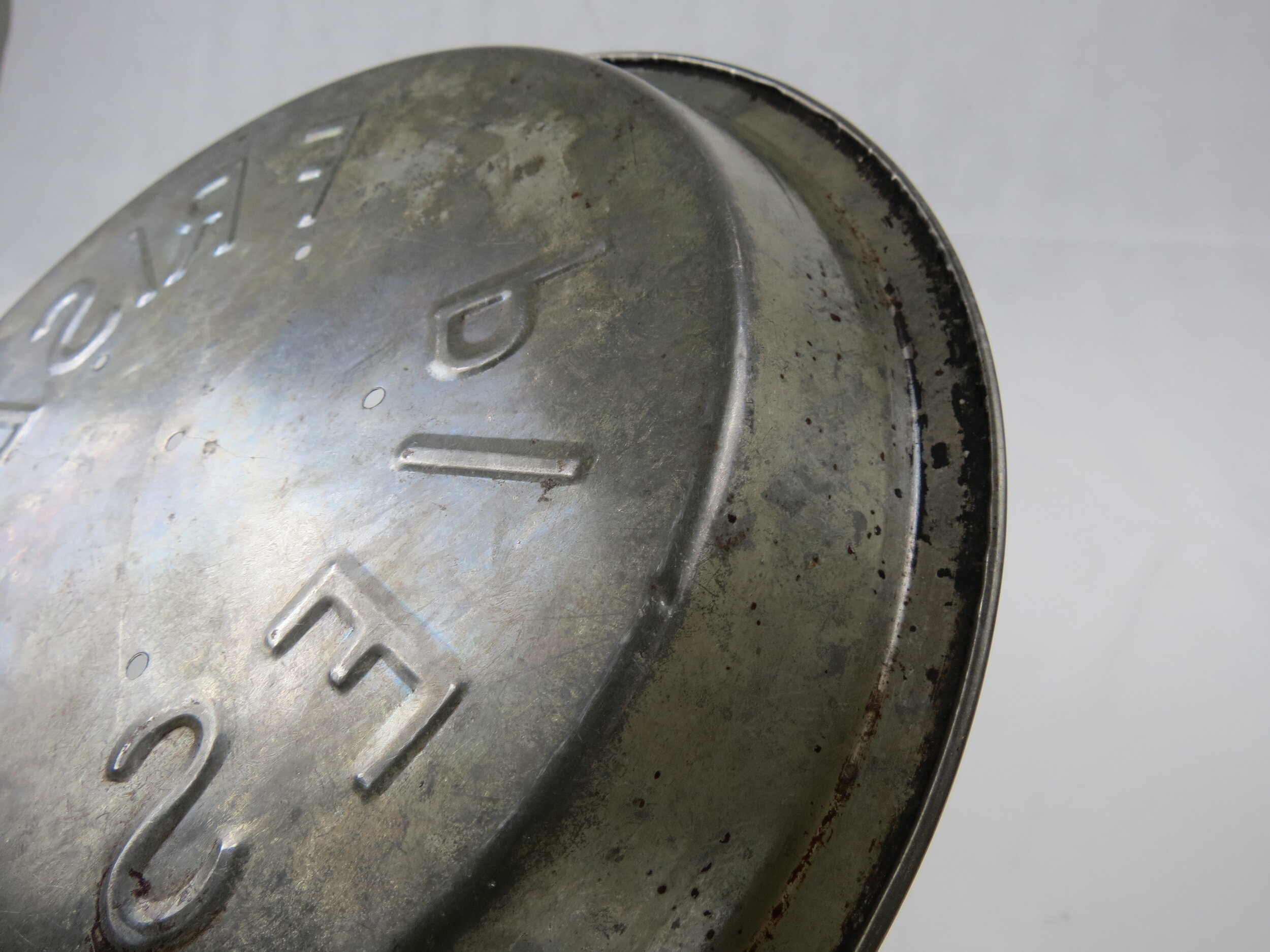1920's London Street Sign - Park Street, W1 - Oak frame
City of Westminster - PARK STREET W.1.
Original c.1920s nameplate/street sign produced by the City of Wesminster, 101cm x 30cm x 1cm. Solid opaline glass panel with inset painted lettering within an oakwood frame. Condition: Superb. The frame is new, professionally crafted using antique oak boards and in the presence of an original frame from period to achieve a striking resemblance to those used by the City of Westminster in the early 20th century.
Dating to just after the introduction of numeric postal code (1917) this stunning street sign for Park Street in Mayfair, City of Westminster is made of solid opaline glass, a material used to replace the cast iron signs of the early 1800s when they were melted down for the war effort (WWI).
Park Street is the longest road in the Grosvenor Estate runs parallel to Park Lane - north to south - crossing Oxford Street at its north end and South Street to the south. Park Street was formerly called Hyde Park Street for a few years when development started in the 1720s. The street was completed in the 1770s with only numbers 70-78 remaining from the original development. Further detail on the evolution of this important street can be found here: [link removed by eBay]
The City of Westminster saw standardised street signage and its distinctive gothic heading introduced in the 1850s with the creation of the postal code system.
City of Westminster - PARK STREET W.1.
Original c.1920s nameplate/street sign produced by the City of Wesminster, 101cm x 30cm x 1cm. Solid opaline glass panel with inset painted lettering within an oakwood frame. Condition: Superb. The frame is new, professionally crafted using antique oak boards and in the presence of an original frame from period to achieve a striking resemblance to those used by the City of Westminster in the early 20th century.
Dating to just after the introduction of numeric postal code (1917) this stunning street sign for Park Street in Mayfair, City of Westminster is made of solid opaline glass, a material used to replace the cast iron signs of the early 1800s when they were melted down for the war effort (WWI).
Park Street is the longest road in the Grosvenor Estate runs parallel to Park Lane - north to south - crossing Oxford Street at its north end and South Street to the south. Park Street was formerly called Hyde Park Street for a few years when development started in the 1720s. The street was completed in the 1770s with only numbers 70-78 remaining from the original development. Further detail on the evolution of this important street can be found here: [link removed by eBay]
The City of Westminster saw standardised street signage and its distinctive gothic heading introduced in the 1850s with the creation of the postal code system.
City of Westminster - PARK STREET W.1.
Original c.1920s nameplate/street sign produced by the City of Wesminster, 101cm x 30cm x 1cm. Solid opaline glass panel with inset painted lettering within an oakwood frame. Condition: Superb. The frame is new, professionally crafted using antique oak boards and in the presence of an original frame from period to achieve a striking resemblance to those used by the City of Westminster in the early 20th century.
Dating to just after the introduction of numeric postal code (1917) this stunning street sign for Park Street in Mayfair, City of Westminster is made of solid opaline glass, a material used to replace the cast iron signs of the early 1800s when they were melted down for the war effort (WWI).
Park Street is the longest road in the Grosvenor Estate runs parallel to Park Lane - north to south - crossing Oxford Street at its north end and South Street to the south. Park Street was formerly called Hyde Park Street for a few years when development started in the 1720s. The street was completed in the 1770s with only numbers 70-78 remaining from the original development. Further detail on the evolution of this important street can be found here: [link removed by eBay]
The City of Westminster saw standardised street signage and its distinctive gothic heading introduced in the 1850s with the creation of the postal code system.



















































